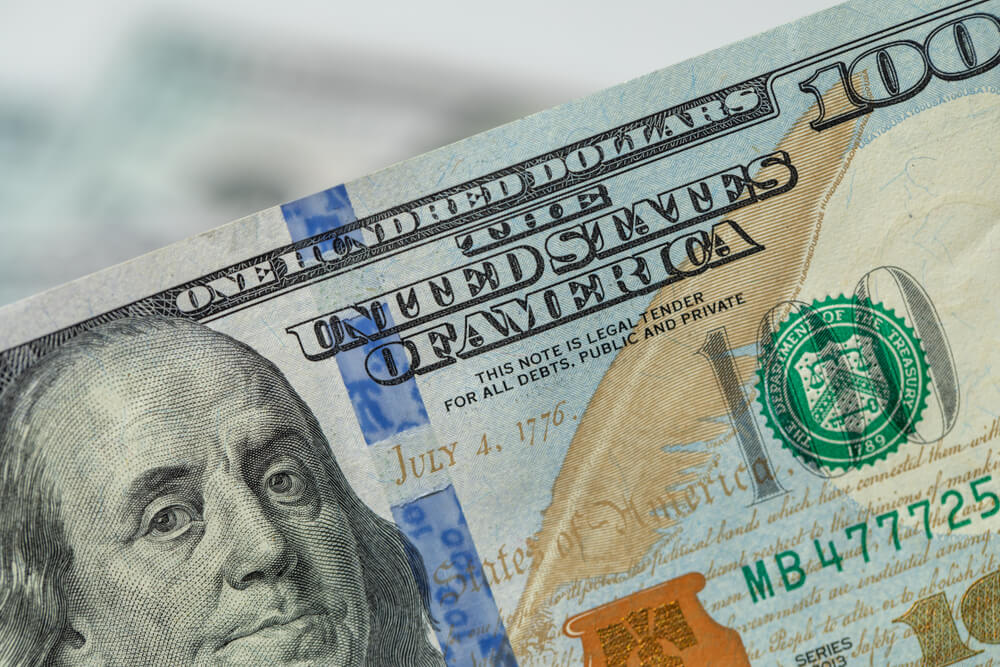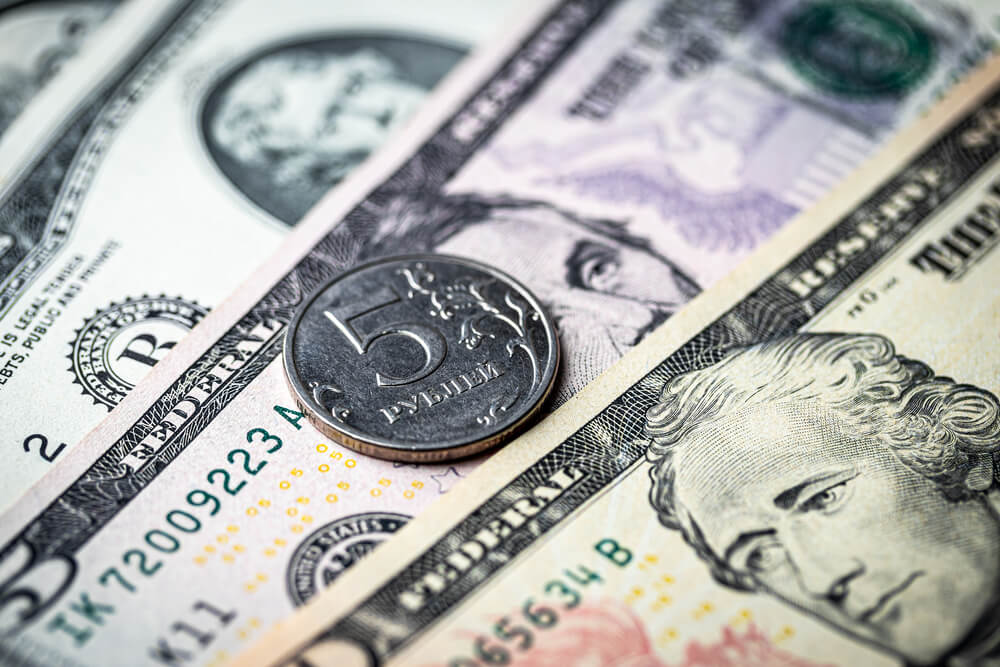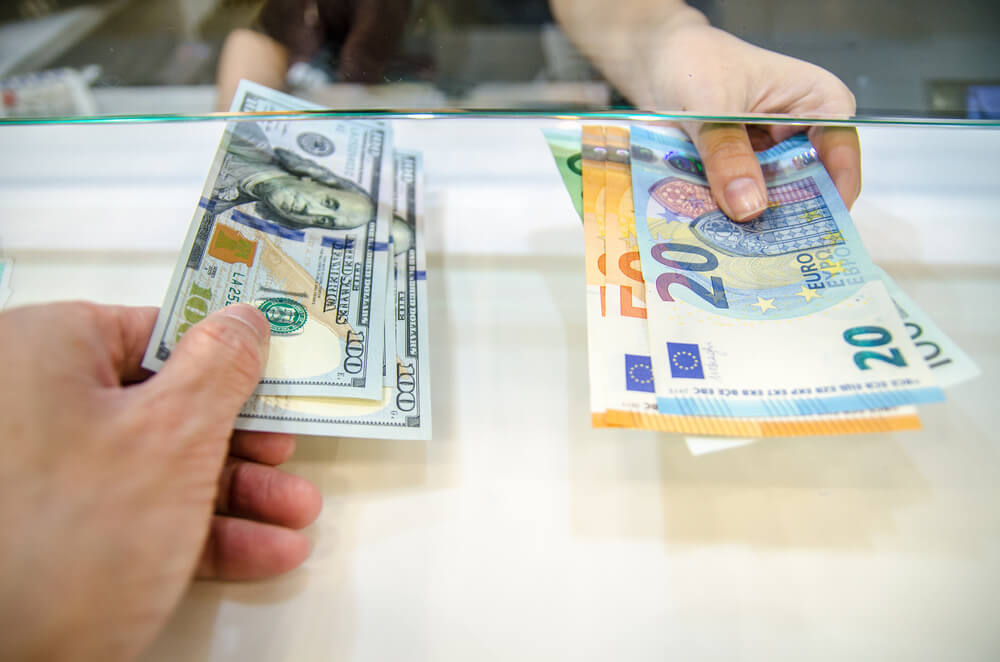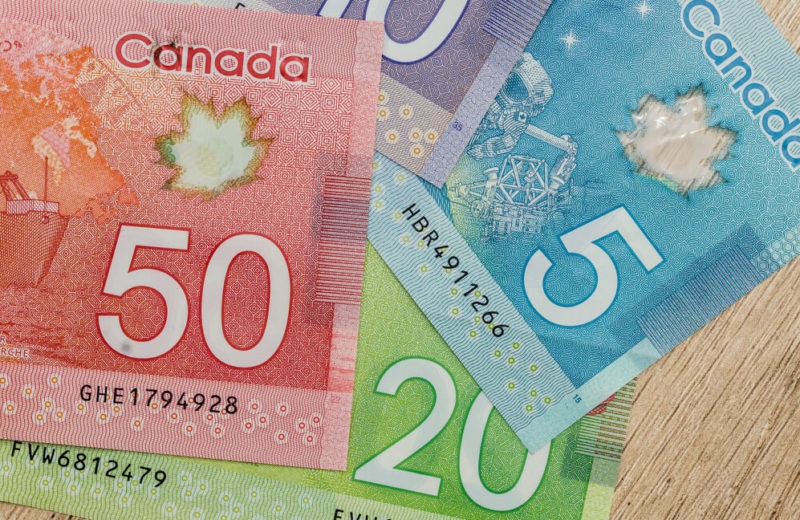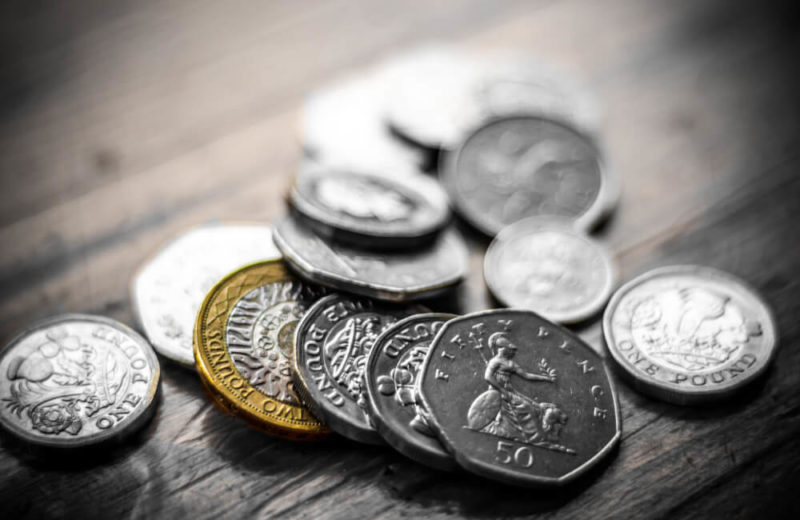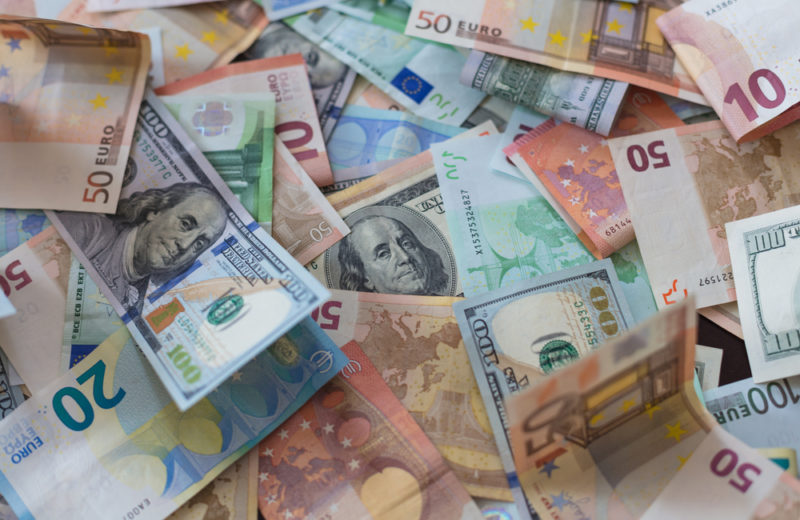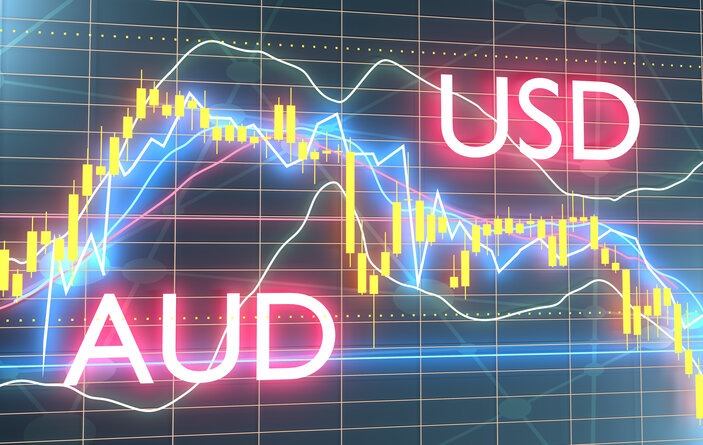The dollar rose in Asia on Friday morning; clawing the way back from a one-week low following the Federal Reserve’s decision to raise interest rates.
By 12:49 a.m. ET, the U.S. Dollar Index, which measures the dollar’s value against a basket of other currencies, had risen 0.57 percent to 104.014. (4:49 AM GMT). The USD/JPY exchange rate increased by 1.30 percent to 133.93. The yen fell dramatically after the Bank of Japan (BOJ) indicated earlier in the day that it would keep policy ultra-loose despite increasing inflation. At the same time, other central banks tightened their monetary policies.
The Claws Recover From One-Week Low
National Australia Bank strategist Ray Attrill explained that because of the fringe probability that the Bank of Japan might do anything today, the risk/reward of running that into the decision and being incorrect merited taking risk off the table. Now that the event risk has passed and the BOJ has remained unchanged, it’s completely reasonable that we returned to where we came from. Adding that, he was still not confident in the dollar’s peak.
The Australian dollar fell 0.41 percent to 0.7016, while the New Zealand dollar fell 0.33 percent to 0.6341. The USD/CNY exchange rate declined 0.02 percent to 6.7014, while the GBP/USD exchange rate dropped 0.38 percent to 1.2304. Global central banks are taking aggressive measures to tighten monetary policy to manage skyrocketing inflation.
On Wednesday, the Federal Reserve of the United States raised interest rates for the first time since 1994. On Thursday, the Swiss National Bank unexpectedly boosted rates by 50 basis points, while the Bank of England lifted interest rates to 1.25 percent. Moreover, on the statistics front, initial unemployment claims in the United States decreased to 229,000 for the week ending June 11, down from 232,000 the week before.


